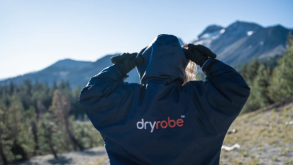The event was Managing IP’s first International Women’s Leadership Forum and it brought together women (and, indeed, some men) to hear from influential female lawyers on topics such as patent reform in the US, developments in the life sciences sector and how to prepare for the big changes coming to the patent application and litigation systems in Europe.
I’ve always been rather nervous about women-focused events, lest they seem patronising to women or intensify an unhelpful sense of us-and-them in the workplace. The high-level of presentations and the discussions that followed them dispelled the first fear – and that wasn’t surprising, given the seniority and experience of the panellists.
As to my fear about an all-women panel event exacerbating gender divides, I can only say that the feedback we received suggested it had motivated women to develop in the profession. The audience ranged from senior in-house lawyers and law firm partners to mid-level associates and IP professionals. For the latter, the opportunity to have so many role models gathered together offered a strength-in-numbers inspiration.
Most women lawyers these days, at least in most developed markets, know that they can progress as far as they want in their career, if they have the talent and dedication to do so. But having plenty of role models who have already made that journey gives junior women an opportunity to see what the theory looks like in practice – and that is extremely valuable.
Managing IP has also launched a global women’s network to facilitate relationship building and the exchange of ideas between women lawyers. Benefits of network membership include invitations to seminars and webinars across the year, including a repeat of the New York conference on the west coast of the US, later this year. Members will also be able to use the online platform to network with other members, read interviews with IP lawyers and share best practice. Email registrations@managingip.com if you would like to join the network. It’s free to in-house counsel.









